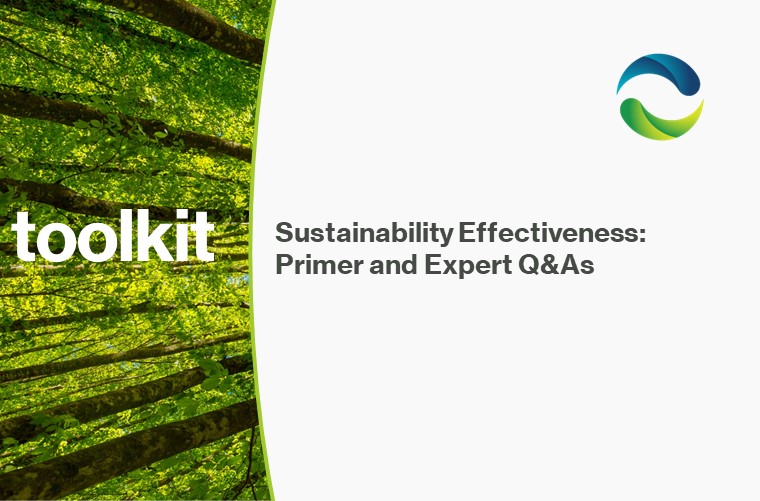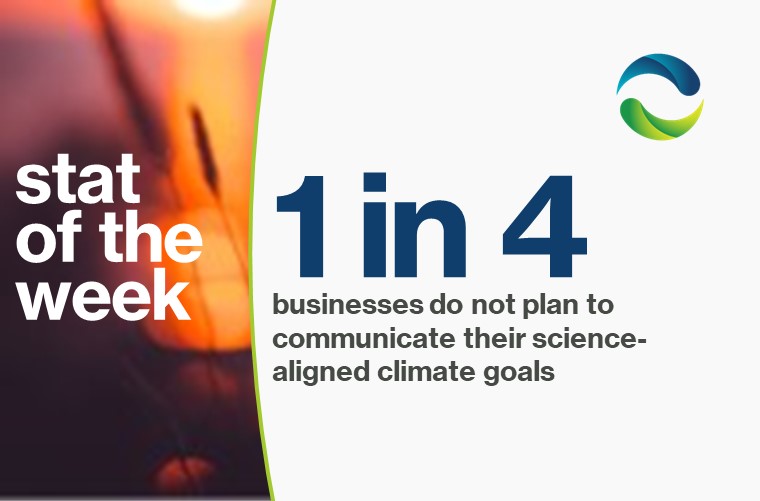In spite of growing demands for ESG performance data, most business leaders cannot accurately assess if ESG standards are being met within their supply chains, creating a major blind spot for companies’ performance.
There is mounting regulatory pressure on businesses to disclose their ESG impacts within the supply chain. In 2022 alone, several countries already have ramped up legislation on supply chain and ESG transparency. The EU, for instance, published in February a proposed Directive on corporate sustainability due diligence, with a goal to foster “sustainable and responsible” corporate action throughout the supply chain. One month later, the U.S. Securities and Exchange Commission proposed rules to mandate climate-related disclosures for publicly traded companies. Included in the proposal is a requirement for registrants to provide information about Scope 3 – either GHG emissions and intensity or whether Scope 3 emissions are included in the registrant’s emissions targets. Registrants may also be required to disclose potential climate-related impacts on the supply chain.
The supply chain is particularly important to manage, as this is where the majority of ESG impacts are located. For example, Scope 3 emissions may constitute as much as 90% of a company’s total emissions, according to the Carbon Trust. Companies must be able to track, identify, and address ESG-related impacts – such as Scope 3 emissions – within their supply chains in order to meet their own objectives and satisfy new regulations.
Unfortunately, many companies have not – or cannot – accurately measure the impacts of their supply chains. A new study on mitigating ESG risks in the supply chain revealed that 65% of business leaders admit they are unable to assess whether their closest supply chain partners are meeting any ESG standards. Furthermore, over half (57%) say they have not put in place an effective risk management system to verify ESG integrity of their supply chains. This uncovers a significant blind spot in ESG performance tracking. That most business leaders are unable to assess the majority of their end-to-end ESG impacts impedes the ability of these companies to meet their goals and keep up with regulatory changes.
Still, there is a silver lining: the concentration of ESG impacts within the supply chain presents an opportunity for companies to improve their overall ESG performance via enhanced supply chain management. Companies can begin with supply chain mapping—a methodology to gather information about suppliers to document where, when, and by whom materials and services are produced. From here, business leaders can identify weaknesses within their supply chains and mitigate risks by fostering accountability.
Insufficient knowledge of ESG performance within the supply chain can be resolved with improvements to supply chain design and management tools. Companies will only reach their ESG goals and keep up with new regulations if they can accurately track end-to-end processes, identify risks, and hold suppliers accountable for meeting ESG standards.




